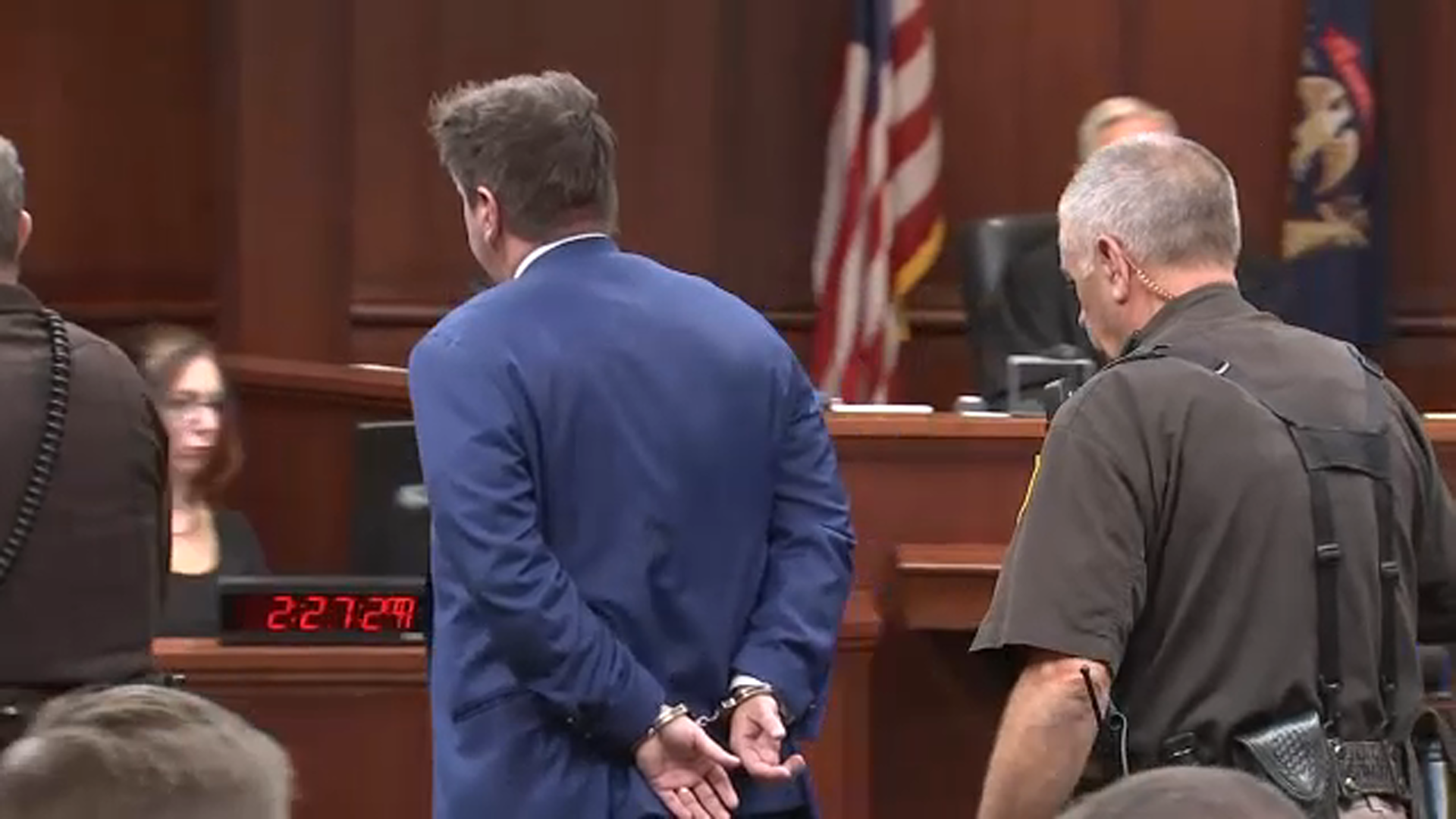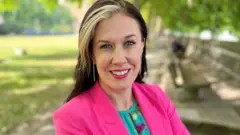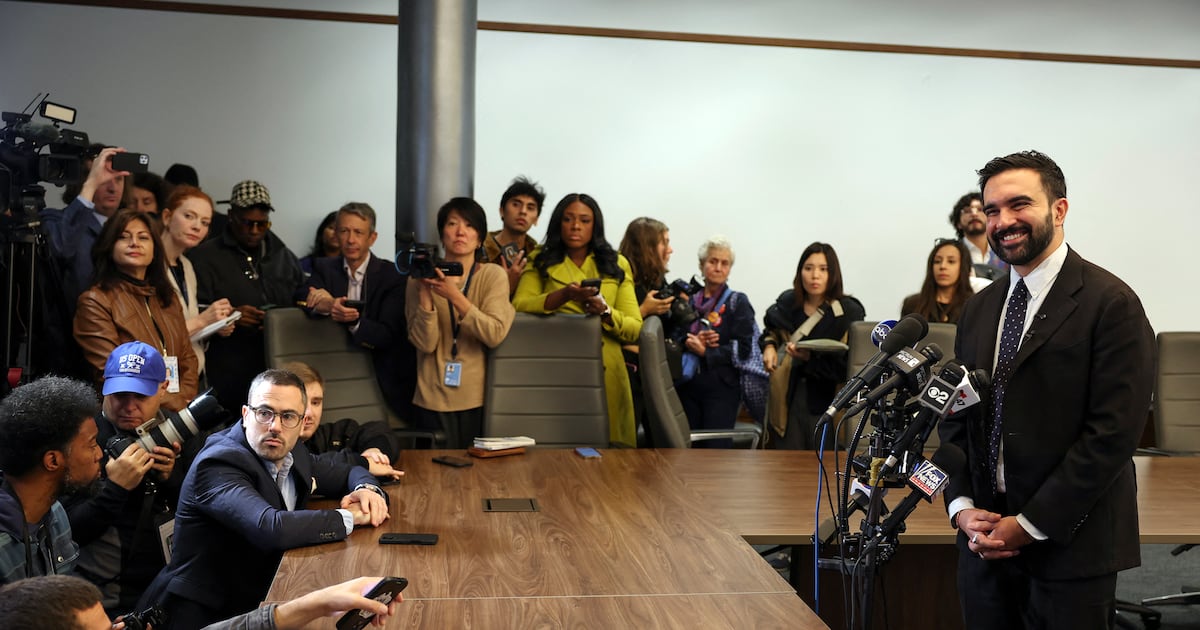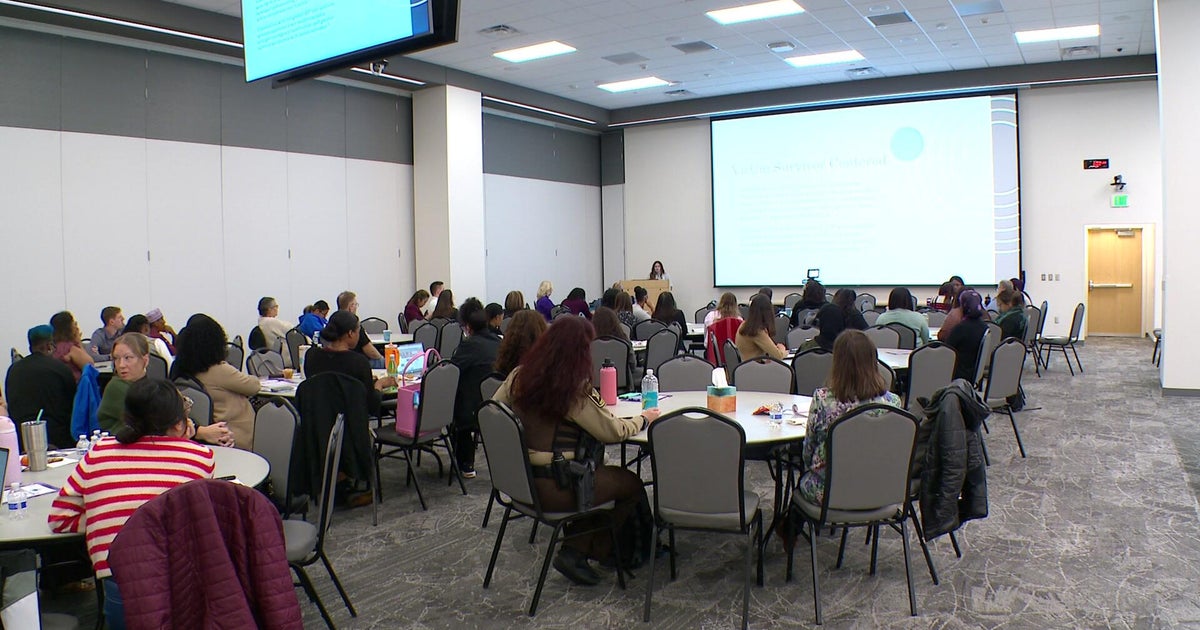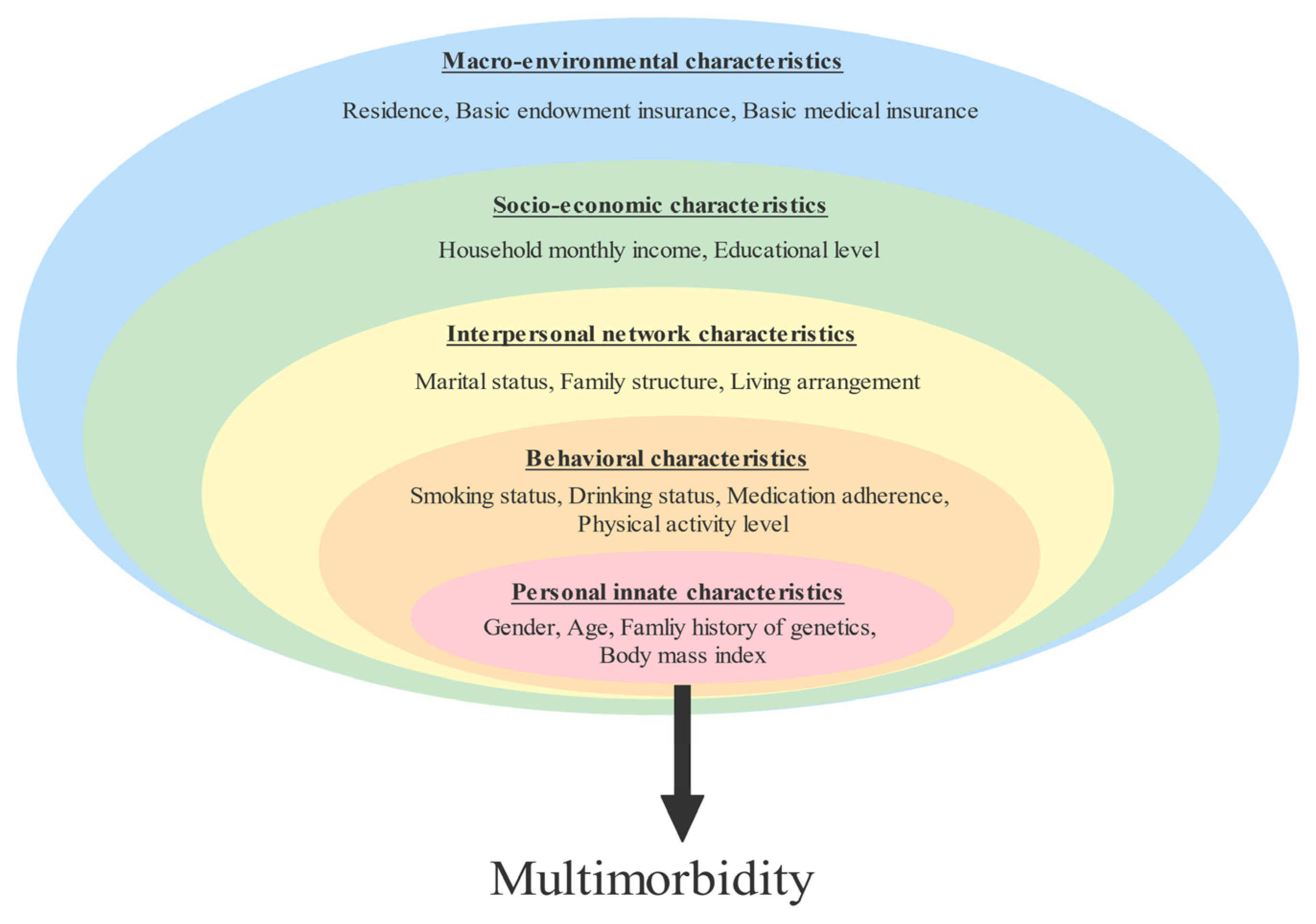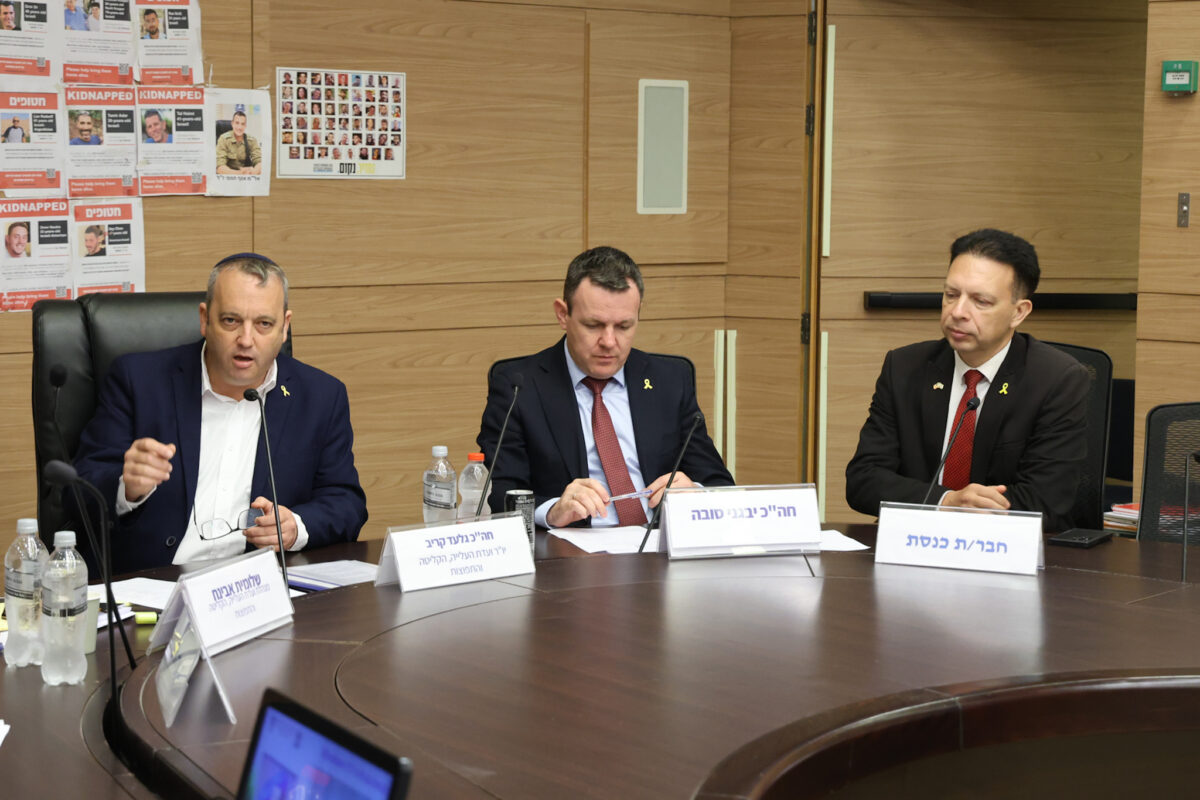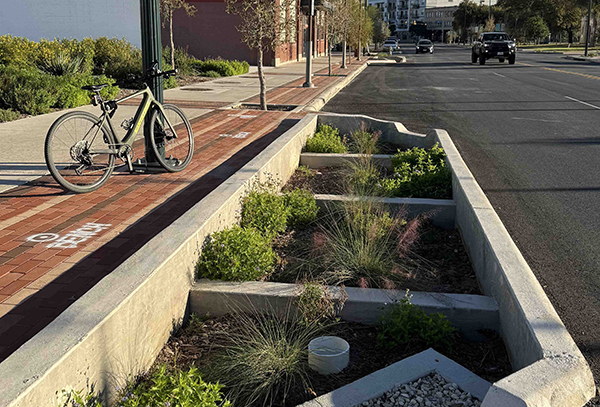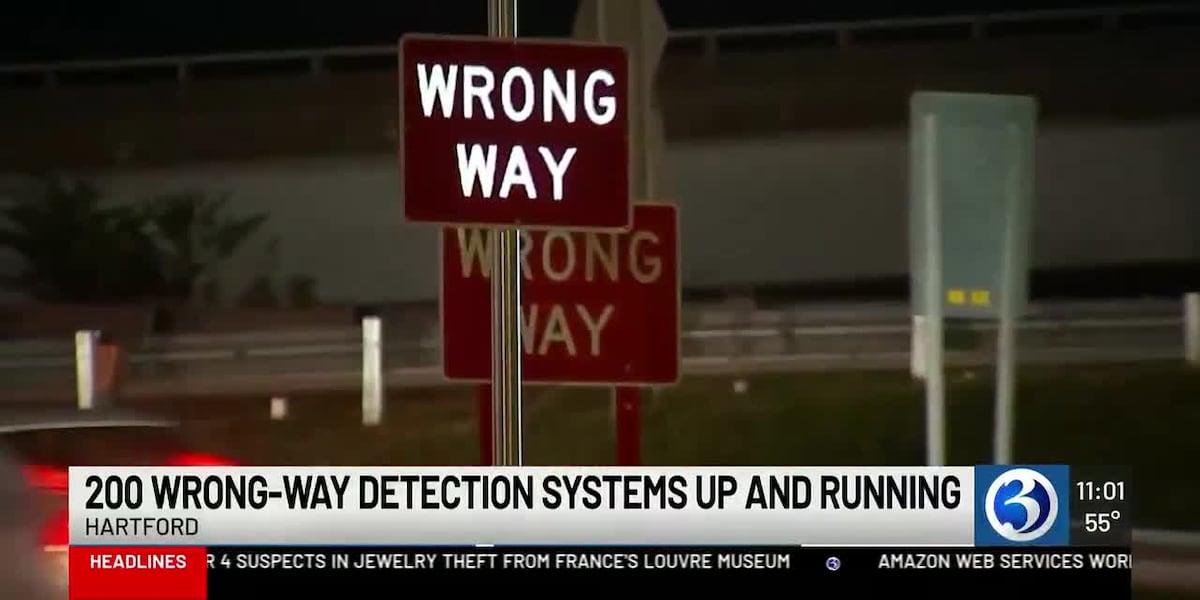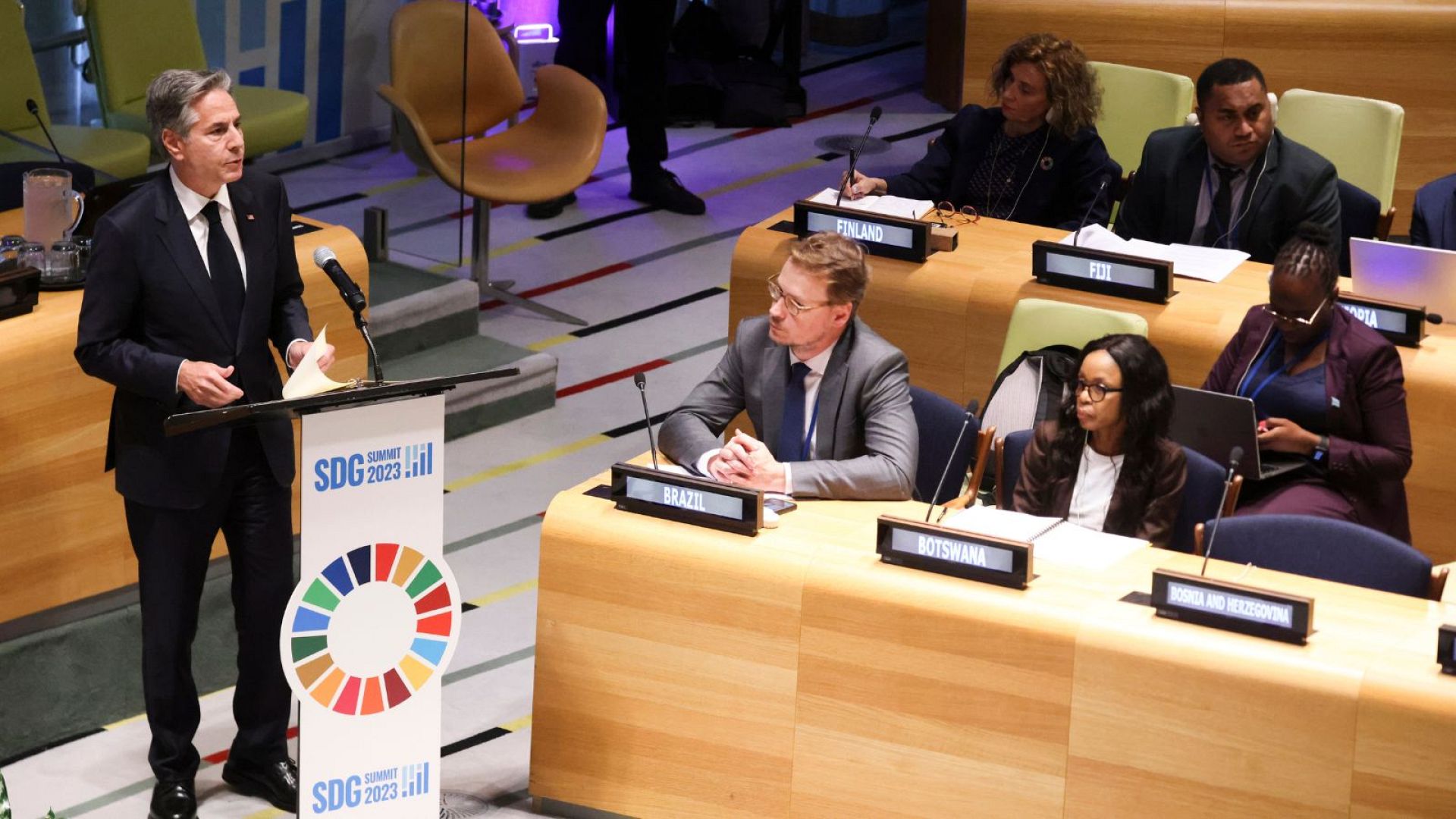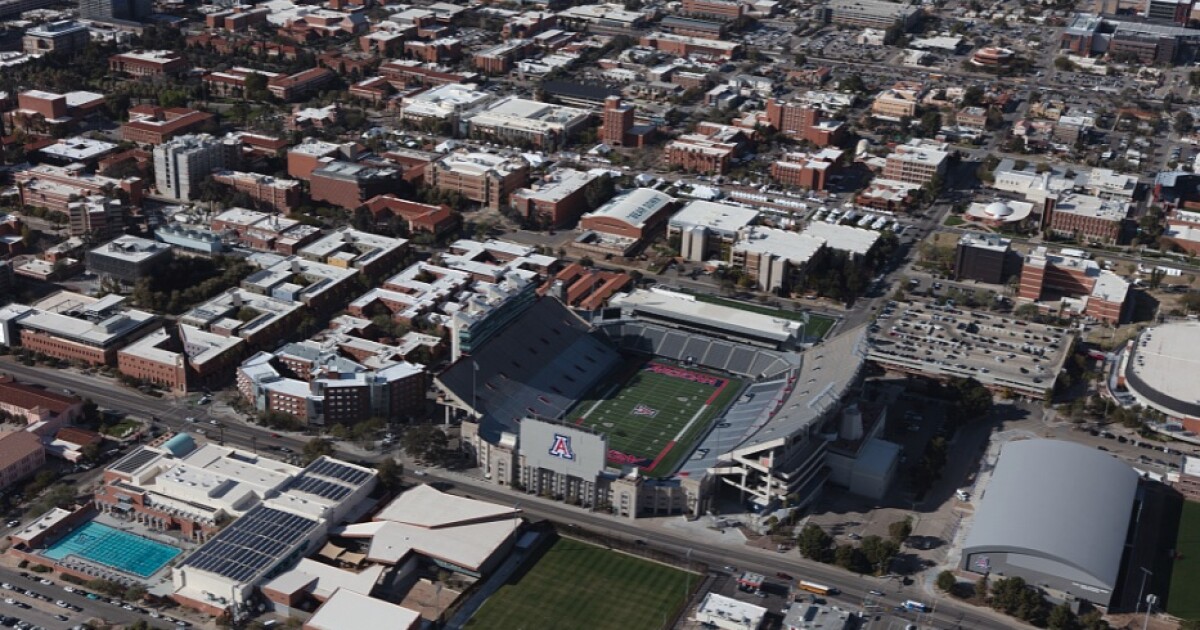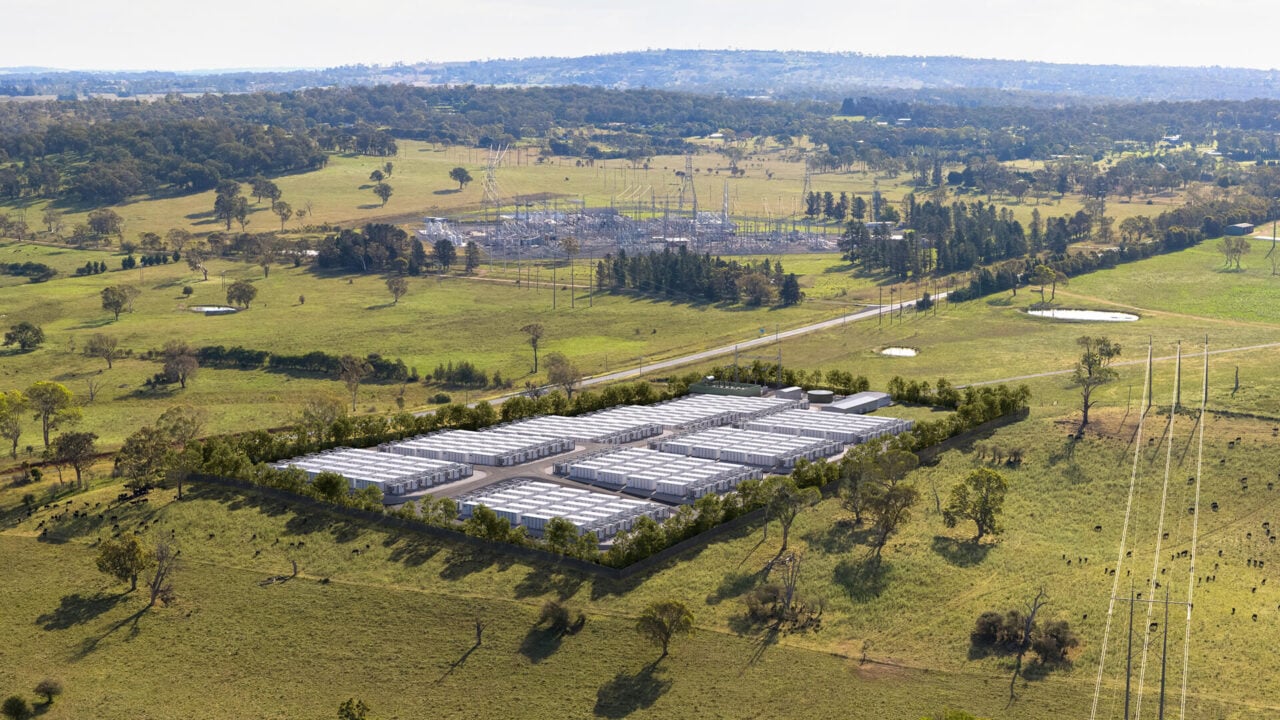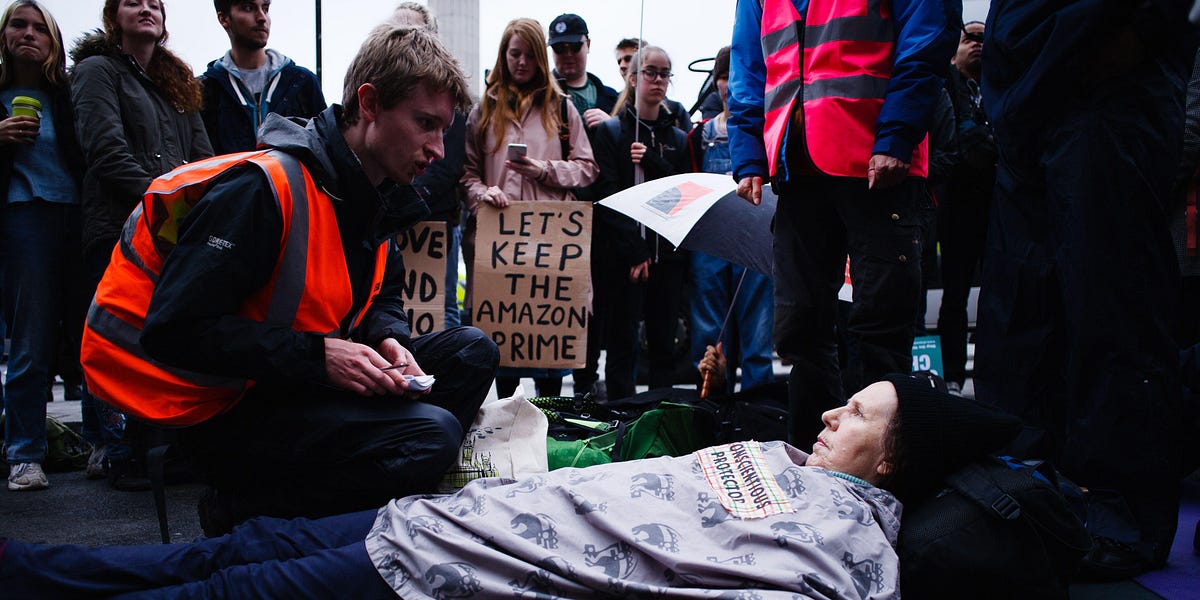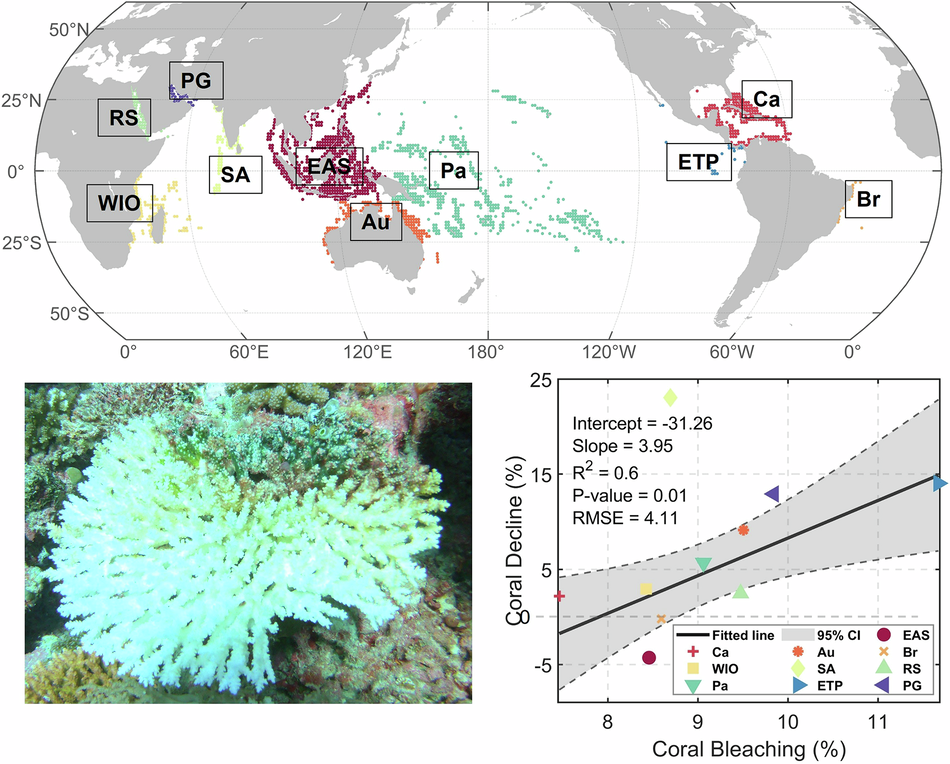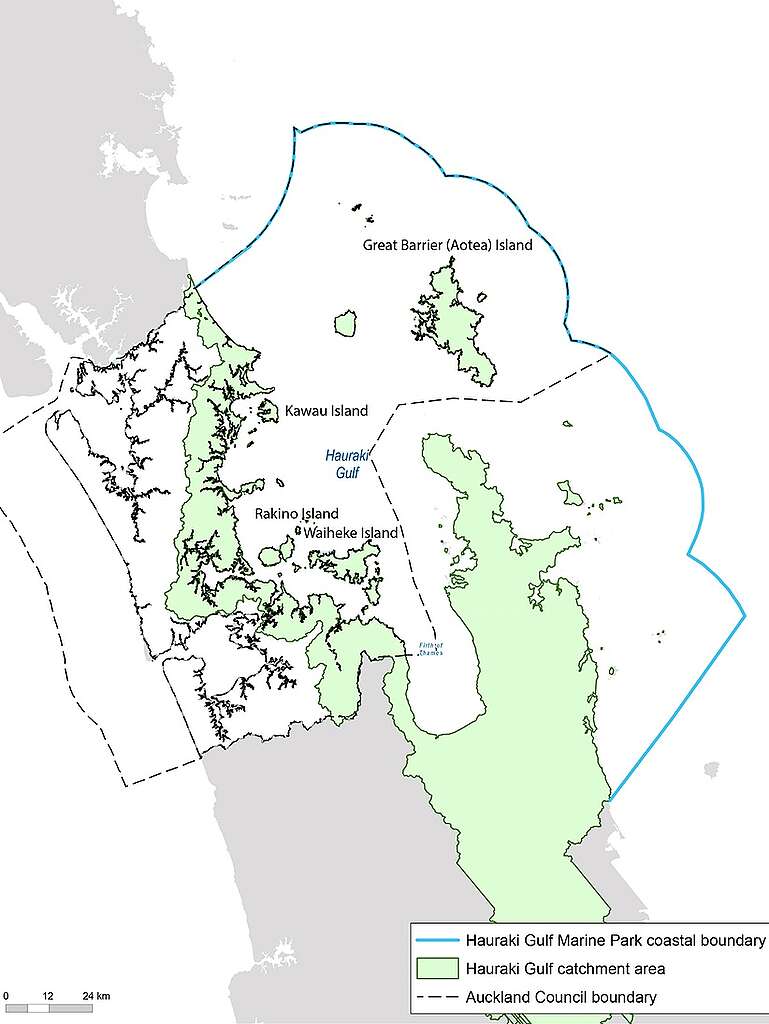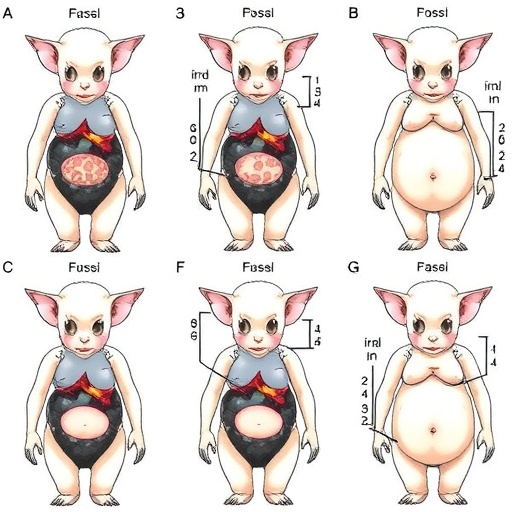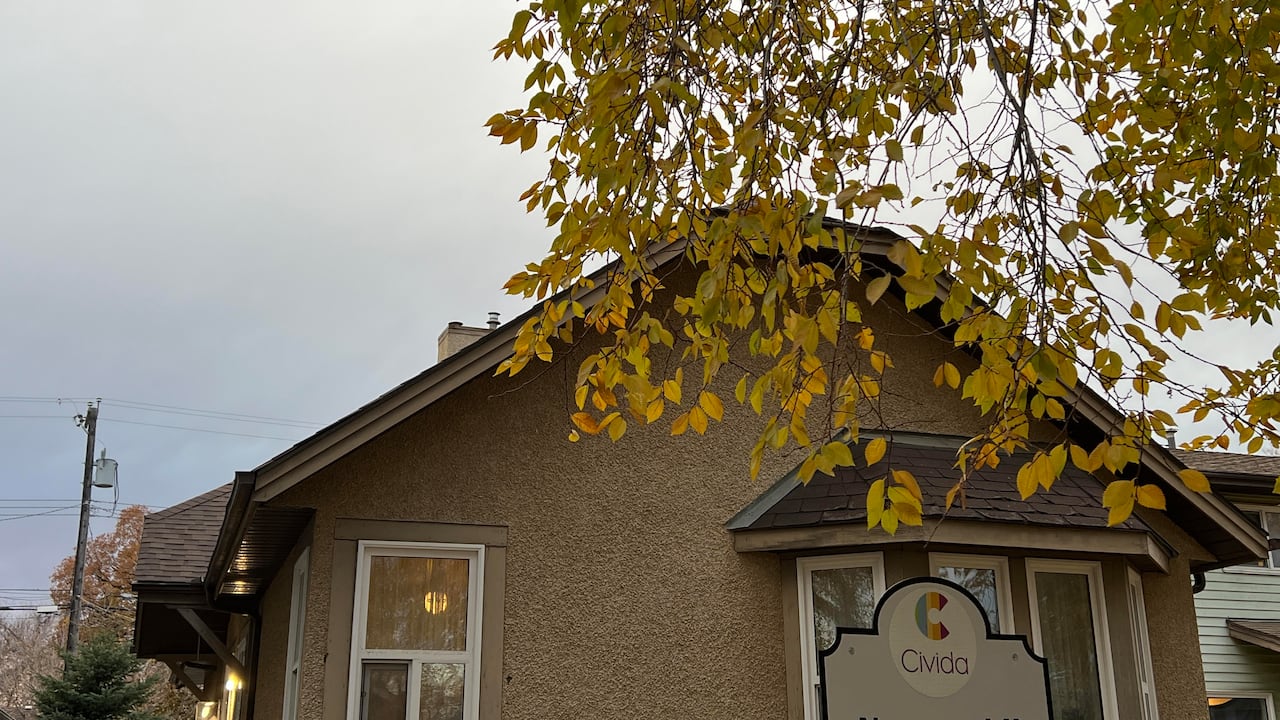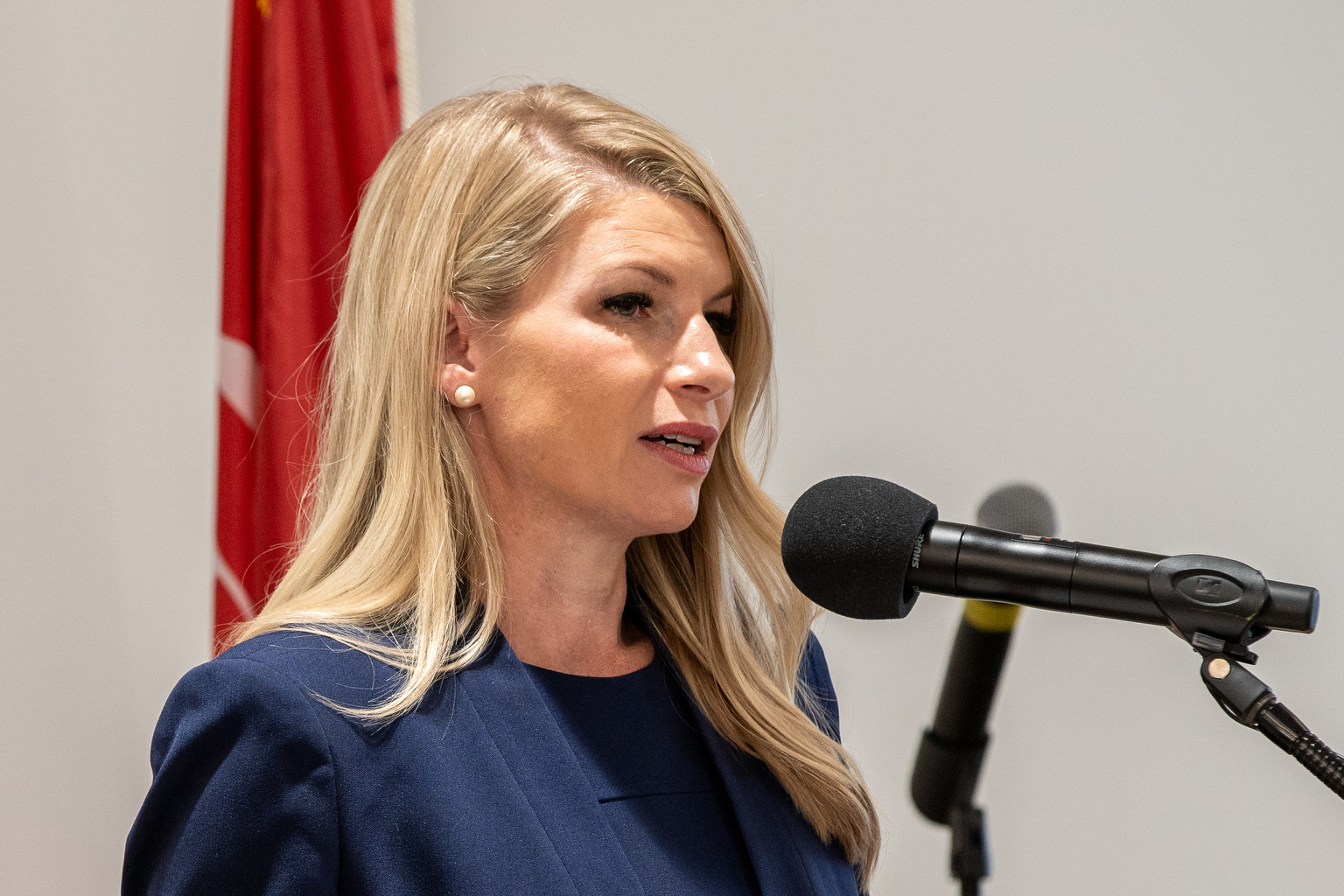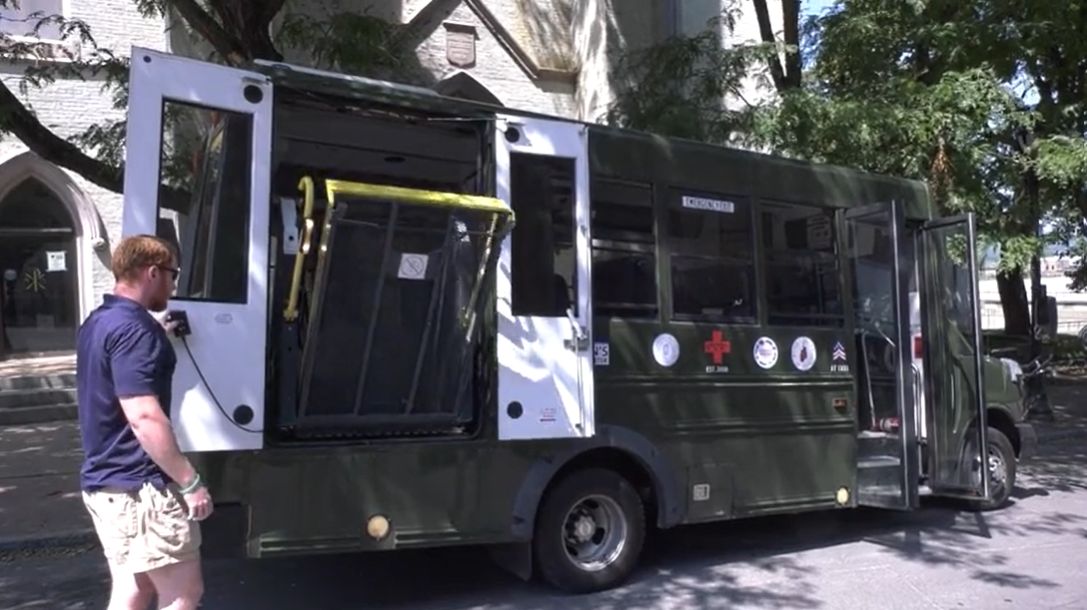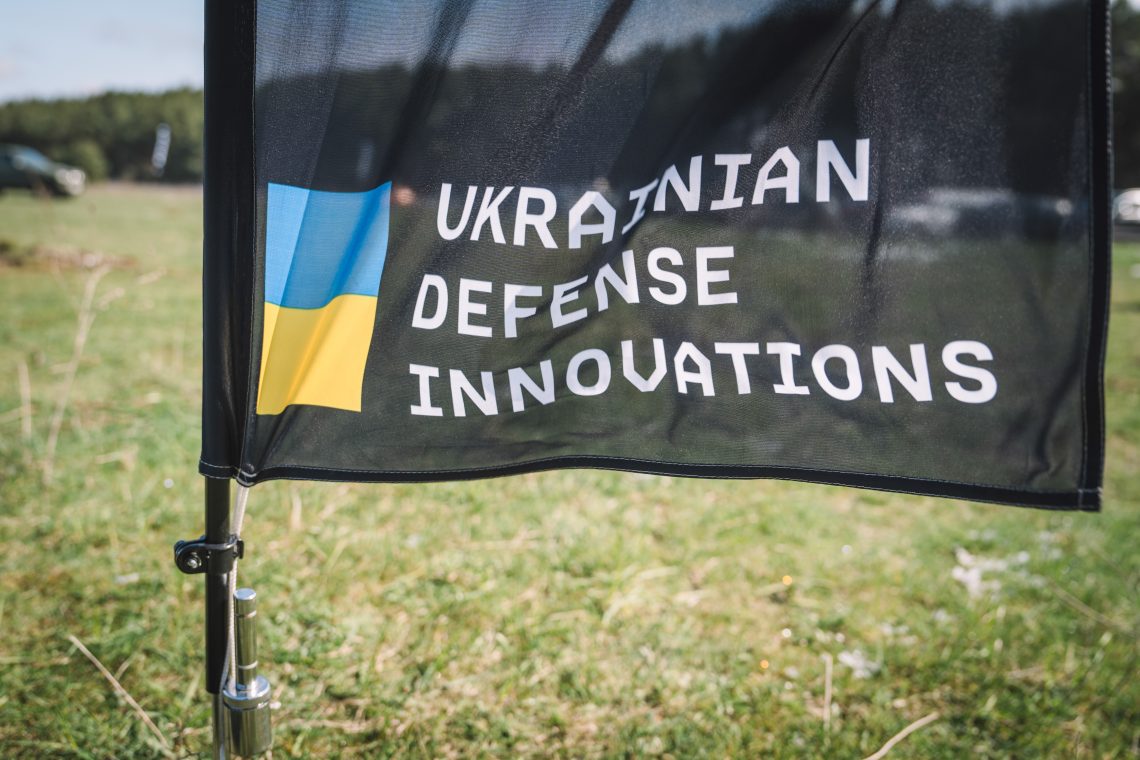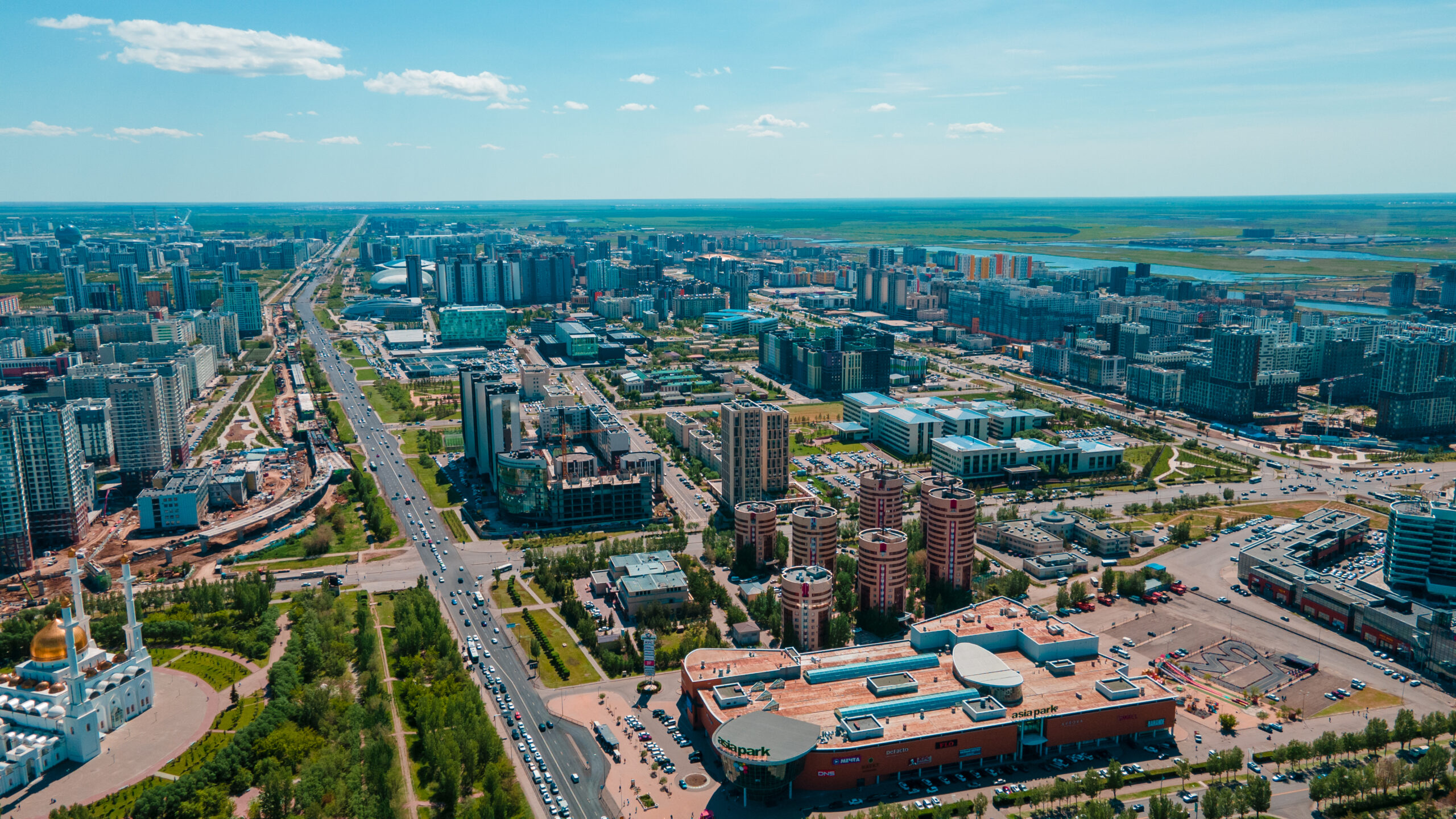Kenya: used for tourism and Big Tech’s carbon credit projects, nature conservancies hide human rights abuses against Indigenous people – fidh.org
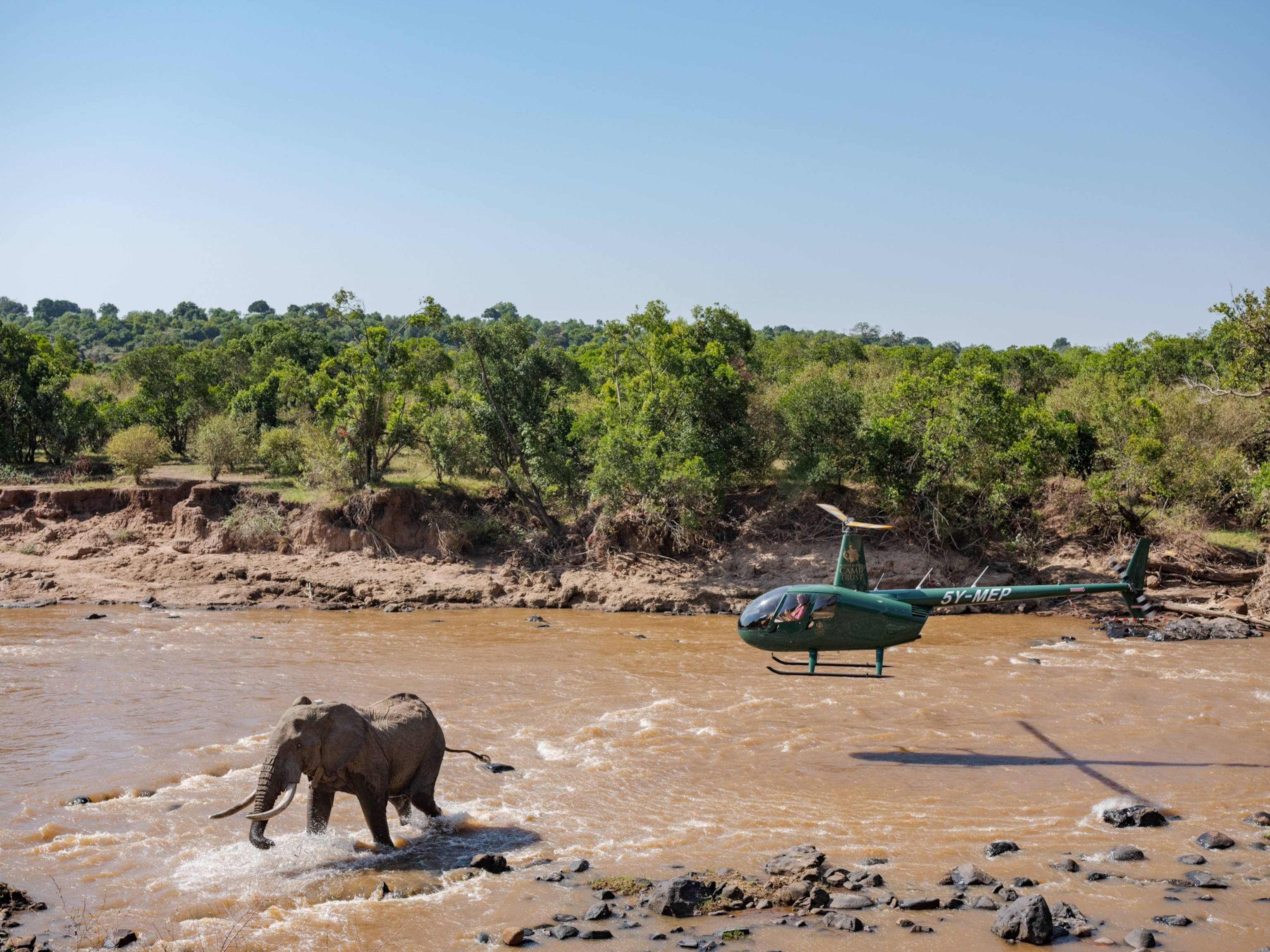
Report on Human Rights and Sustainable Development Goal Implications of Conservancy Operations in Isiolo County, Kenya
Executive Summary
A joint report by Avocats Sans Frontières (ASF) and the International Federation for Human Rights (FIDH) details significant human rights violations and setbacks to the Sustainable Development Goals (SDGs) resulting from the operations of nature conservancies in Isiolo County, Kenya. The Northern Rangelands Trust (NRT), which manages numerous conservancies for tourism and carbon offsetting, has restricted Indigenous communities’ access to ancestral lands. This has precipitated a crisis that directly contravenes multiple SDGs, including those related to poverty, justice, inequality, and sustainable communities.
Key Findings: A Conflict Between Conservation and Sustainable Development
Systematic Human Rights Violations and Obstruction of SDG 16: Peace, Justice and Strong Institutions
The investigation reveals a severe lack of access to justice for local pastoralist communities, undermining the core tenets of SDG 16. Reported abuses include:
- Systematic harassment of community members by security forces.
- Abductions and extrajudicial killings.
- Targeting of human rights defenders and community leaders with strategic lawsuits against public participation (SLAPPs).
- Procedural and practical barriers that block attempts to seek legal redress.
Erosion of Livelihoods and Setbacks for SDG 1, SDG 2, and SDG 8
The conservancy model, as implemented by NRT, has negatively impacted the foundational goals of No Poverty (SDG 1), Zero Hunger (SDG 2), and Decent Work and Economic Growth (SDG 8). By restricting access to traditional pastoral lands, the conservancies threaten the primary livelihood of Indigenous communities, jeopardizing their food security and economic stability. While presented as a development initiative, the model excludes communities from governance and revenue-sharing, failing to promote inclusive and sustainable economic growth.
Failure in Land Governance and Worsening Inequality (SDG 10 & SDG 11)
A central issue is the failure to formally register community lands under Kenya’s Community Land Act, creating a legal vacuum that exacerbates inequality (SDG 10). This has led to:
- A significant power imbalance, with NRT controlling land governance like a private entity.
- Exclusion of communities from decisions concerning their ancestral lands.
- Deprivation of benefits from conservation-related revenues.
These failures directly challenge the objective of SDG 11 to create inclusive, safe, and sustainable communities, as residents express a sense of powerlessness and loss of control over their land and future.
Analysis of Stakeholder Responsibility and Partnerships (SDG 13 & SDG 17)
Corporate and International Partnerships in Climate Action
The NRT conservancies operate as carbon removal projects, attracting investment from corporations like Netflix and Meta seeking to offset emissions in line with Climate Action (SDG 13). The NRT also receives funding from international development partners, including the European Union, USAID, and French, Swedish, and Italian agencies, highlighting the role of Partnerships for the Goals (SDG 17). However, the report indicates that these partnerships have failed to uphold human rights standards and conduct proper due diligence, demonstrating that climate mitigation efforts cannot come at the expense of other fundamental SDGs.
Legal Precedent and Recommendations
In a landmark decision, Kenya’s High Court found that NRT must cease operations in two conservancies established without the free, prior, and informed consent of the communities. This ruling underscores the abuses and serves as a call to action for all stakeholders.
To align with the Sustainable Development Goals, the report implicitly calls for:
- State and Conservancy Operators: To ensure strict adherence to human rights, guarantee community participation, and formalize land registration under the Community Land Act (SDG 11, SDG 16).
- Investors and Donors: To embed accountability and human rights due diligence into all conservation and climate action investments, ensuring that partnerships (SDG 17) promote justice and equity rather than exacerbate violations (SDG 10, SDG 16).
SDGs Addressed in the Article
SDG 1: No Poverty
- The article highlights that Indigenous communities have “for centuries lived off their pastoral activities.” The restriction on land access and exclusion from conservation-related revenues directly threatens their livelihoods and economic well-being, pushing them towards poverty.
SDG 10: Reduced Inequalities
- The core issue discussed is the inequality between the powerful Northern Rangelands Trust (NRT) and the Indigenous pastoralist communities. The article explicitly mentions a “dangerous power imbalance” and the exclusion of these communities from decision-making processes concerning their ancestral lands, which perpetuates and deepens inequality.
SDG 15: Life on Land
- The article is set in the context of nature conservancies, biodiversity protection, and climate mitigation projects. It critiques a conservation model that fails to protect the rights of local communities, highlighting the conflict between conservation goals and human rights, and the failure to properly manage land and ecosystems in a way that benefits all stakeholders.
SDG 16: Peace, Justice and Strong Institutions
- This is a central theme. The article details a “human rights crisis,” including “systematic harassment,” “abductions and extrajudicial killings,” and a lack of “access to justice.” It points to the failure of institutions to protect citizens, the targeting of human rights defenders, and the lack of “free, prior and informed consent,” all of which are core components of SDG 16.
SDG 17: Partnerships for the Goals
- The article mentions that the NRT receives support from various partners, including private companies like Netflix and Meta, and public donors like the European Union and USAID. It critiques these partnerships for failing to “ensure conservancies’ strict adherence to human rights standards,” calling for greater accountability and due diligence from all actors involved.
Specific SDG Targets Identified
Targets under SDG 1: No Poverty
- Target 1.4: By 2030, ensure that all men and women, in particular the poor and the vulnerable, have equal rights to economic resources, as well as access to basic services, ownership and control over land and other forms of property. The article directly addresses the violation of this target by stating there is a “failure to formally register community lands under Kenya’s Community Land Act,” which leads to communities being “excluded from decisions over their ancestral lands” and deprived of control.
Targets under SDG 10: Reduced Inequalities
- Target 10.2: By 2030, empower and promote the social, economic and political inclusion of all, irrespective of age, sex, disability, race, ethnicity, origin, religion or economic or other status. The article shows a failure to meet this target, as Indigenous communities are excluded from land governance and deprived of benefits, with the NRT controlling these aspects “like a private business.”
- Target 10.3: Ensure equal opportunity and reduce inequalities of outcome. The article highlights a “dangerous power imbalance” and a system where communities “lack clear and accessible pathways to secure their rights,” demonstrating a clear inequality of opportunity and outcome.
Targets under SDG 15: Life on Land
- Target 15.9: By 2020, integrate ecosystem and biodiversity values into national and local planning, development processes, poverty reduction strategies and accounts. The article describes a flawed integration where conservation initiatives are implemented at the cost of human rights and community livelihoods, indicating a failure to balance these values properly.
Targets under SDG 16: Peace, Justice and Strong Institutions
- Target 16.1: Significantly reduce all forms of violence and related death rates everywhere. The article directly points to the relevance of this target by reporting “abductions and extrajudicial killings” against community members.
- Target 16.3: Promote the rule of law at the national and international levels and ensure equal access to justice for all. This is a central point of the article, which states that “the right to effective remedy remains largely out of reach for pastoralist communities” and that “attempts to seek redress are routinely blocked.”
- Target 16.7: Ensure responsive, inclusive, participatory and representative decision-making at all levels. The article highlights the violation of this target, noting that conservancies were established “without the free, prior and informed consent of communities.”
- Target 16.10: Ensure public access to information and protect fundamental freedoms, in accordance with national legislation and international agreements. This target is relevant as the article states that “Human rights defenders and community leaders are increasingly targeted… for speaking out.”
Indicators for Measuring Progress
Indicators for SDG Targets
- For Target 1.4: An implied indicator is the percentage of community land that is formally registered under the Community Land Act. The article’s emphasis on the “failure to formally register community lands” makes this a key metric for progress.
- For Target 16.1: A direct indicator is the number of reported cases of “abductions and extrajudicial killings” in the Isiolo County conservancies. A reduction in these numbers would indicate progress.
- For Target 16.3: An indicator is the number and outcome of legal challenges brought by communities. The article mentions the “High Court ruling” which found two conservancies to be illegal, serving as a specific data point and an indicator of the justice system’s response.
- For Target 16.7: A key indicator is the number of conservancies established with documented “free, prior and informed consent” from local communities. The article implies this is not standard practice by highlighting the court case where its absence was the central issue.
- For Target 16.10: An indicator is the number of reported cases of harassment, intimidation, and “abusive legal cases” against human rights defenders and community leaders. The article explicitly states they are “increasingly targeted,” making this a measurable trend.
Summary of SDGs, Targets, and Indicators
| SDGs | Targets | Indicators (Identified in the Article) |
|---|---|---|
| SDG 1: No Poverty | 1.4: Equal rights to economic resources, ownership and control over land. | The “failure to formally register community lands under Kenya’s Community Land Act.” |
| SDG 10: Reduced Inequalities | 10.2: Empower and promote the social, economic and political inclusion of all. | The exclusion of Indigenous communities from decisions and benefits related to their ancestral lands. |
| SDG 15: Life on Land | 15.9: Integrate ecosystem and biodiversity values into planning and development. | Implementation of conservation projects that result in human rights violations, showing a failure of integration. |
| SDG 16: Peace, Justice and Strong Institutions | 16.1: Reduce all forms of violence and related death rates. | Reports of “abductions and extrajudicial killings.” |
| 16.3: Promote the rule of law and ensure equal access to justice. | Lack of access to remedy for communities; the High Court ruling finding two conservancies illegal. | |
| 16.7: Ensure responsive, inclusive, and participatory decision-making. | Establishment of conservancies “without the free, prior and informed consent of communities.” | |
| 16.10: Protect fundamental freedoms. | Targeting of “human rights defenders and community leaders” with harassment and abusive legal cases. | |
| SDG 17: Partnerships for the Goals | 17.17: Encourage and promote effective public, public-private and civil society partnerships. | The critique of partnerships (NRT, donors, companies) for failing to ensure human rights adherence and transparency. |
Source: fidh.org

What is Your Reaction?
 Like
0
Like
0
 Dislike
0
Dislike
0
 Love
0
Love
0
 Funny
0
Funny
0
 Angry
0
Angry
0
 Sad
0
Sad
0
 Wow
0
Wow
0
